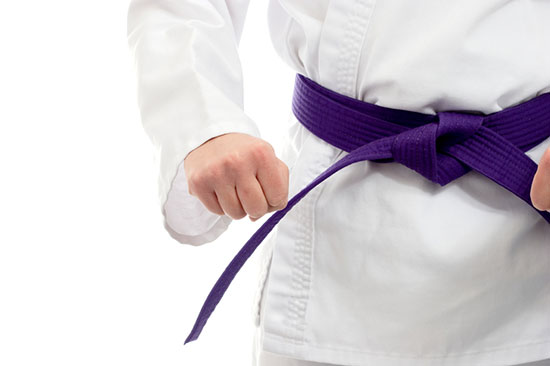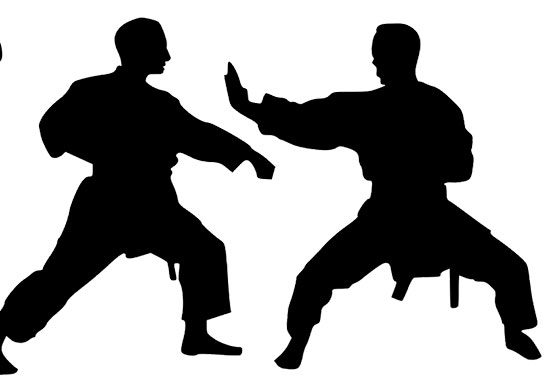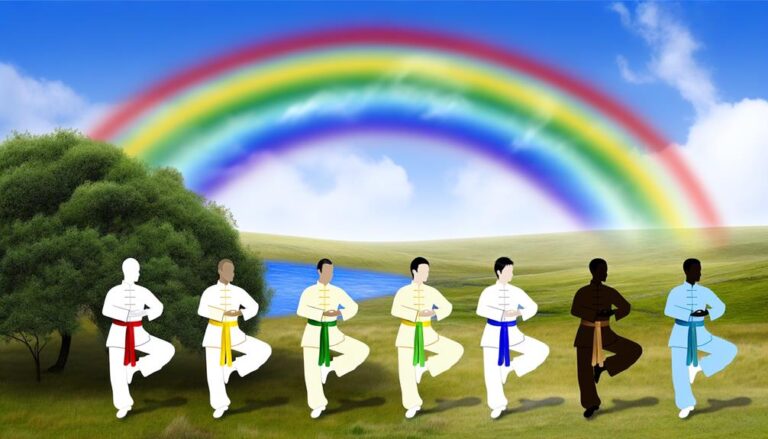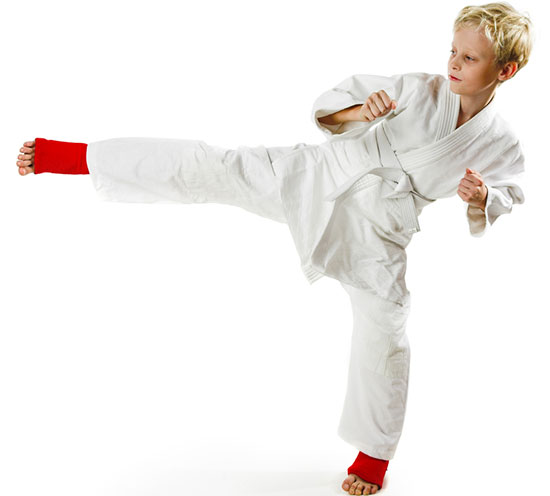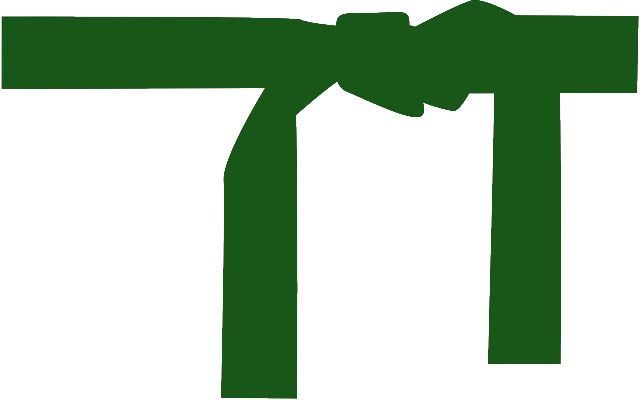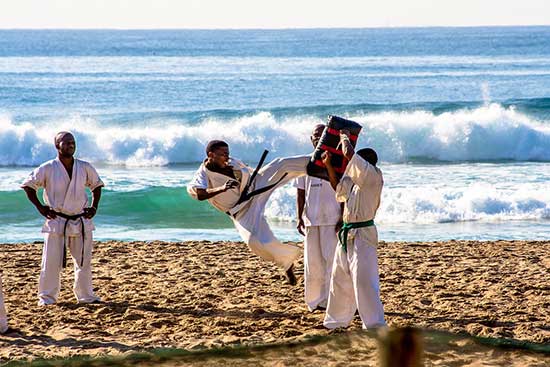Stepping into the sphere of martial arts, you might find yourself fascinated by the subtle yet significant contrasts between Shotokan and Wado Ryu karate. Both styles, steeped in rich history and honed by decades of discipline, offer unique pathways to mastering the art of self-defense.
Shotokan, with its emphasis on power and deep stances, presents a stark contrast to the swift, evasive maneuvers characteristic of Wado Ryu. As you ponder which path might suit your personal preferences and training goals, consider the philosophical underpinnings and tactical nuances that define each style.
Unearthing the layers that distinguish these two forms of karate will not only deepen your appreciation for the martial arts but also guide you in choosing a path that aligns with your individual aspirations.
Contents
Historical Origins
The historical origins of Shotokan and Wado-ryu karate, rooted in distinct geographical and philosophical landscapes, illuminate the divergent paths these martial arts have taken since their inception by Gichin Funakoshi and Hironori Ohtsuka, respectively.
Established by Gichin Funakoshi, often hailed as the father of modern karate, Shotokan-ryu emerged from rigorous studying in Okinawa before Funakoshi moved to Tokyo, where he propagated his style. This expansion laid the groundwork for Shotokan’s global recognition.
Conversely, Wado-ryu, an offshoot of Shotokan-ryu, was developed by Hironori Ohtsuka, blending jujutsu elements into the karate he learned, thus marking a significant philosophical shift. This evolution underscores the complexity within karate history, highlighting how Wado-ryu, though one of the four main branches, charts a unique course, intertwining different martial arts disciplines.
Philosophical Foundations
While exploring the philosophical underpinnings of Shotokan and Wado-ryu, it’s crucial to understand that these martial arts not only diverge in technique but also in their core values and principles, shaping a practitioner’s approach to combat and life.
- Gichin Funakoshi, the founder of Shotokan, emphasized the moral and mental aspects of karate, aiming to develop character alongside physical strength.
- Wado-ryu, developed by Otsuka, created this spiritual form of karate that leans heavily towards harmony of movements and mental strength.
- The philosophical foundations of Wado-ryu stress fluidity, reflecting in its techniques that prioritize evasion and efficiency.
- Shotokan’s philosophy is rooted in the pursuit of power, yet it equally values discipline and character.
- The differences between karate styles extend into their ethos; Shotokan fosters resilience and determination, while Wado-ryu champions adaptability and peace.
Key Techniques
You’ll notice that stance variations between Shotokan and Wado-ryu aren’t merely stylistic choices but reflect deeply ingrained philosophical differences.
In analyzing punching techniques, you observe that Shotokan’s approach emphasizes generating maximum power through kime, whereas Wado-ryu’s technique relies on speed and the principle of snapping actions.
These distinctions underline the unique tactical philosophies that shape each style’s approach to combat and self-defense.
Stance Variations
Shotokan’s focus on low, long stances contrasts sharply with Wado-ryu’s emphasis on shorter, more natural positions, illustrating a fundamental divergence in their approach to power and movement. This variation in stances is a key distinguishing factor among the Four Main Karate Styles, particularly between Shotokan and Wado-ryu.
- Shotokan champions deep, wide stances facilitating a powerful, linear movement.
- Wado-ryu opts for shorter stances, prioritizing mobility and evasion.
The stance in Shotokan is designed for force against force encounters. Wado-ryu’s stance supports snapping actions and avoiding direct confrontations. Body shifting in Wado-ryu contrasts with Shotokan’s focus on kime.
This analytical examination of stance variations underscores the unique philosophies underpinning these karate styles, highlighting their distinct approaches to combat and self-defense.
Punching Techniques
In exploring the realm of karate, it’s crucial to examine how Shotokan and Wado-ryu diverge significantly in their approach to punching techniques, reflecting their distinct combat philosophies.
Shotokan, founded by Gichin Funakoshi, emphasizes powerful, linear punches that utilize deep stances and kime for maximum impact. These techniques often employ force against force, integrating striking and blocks in a display of raw strength.
Conversely, Wado-ryu opts for fast, evasive punches characterized by snapping actions and fluid movements. This style prioritizes the avoidance of force, leveraging shorter stances to enhance mobility and defense.
While Shotokan’s punching techniques have garnered global popularity, Wado-ryu’s unique approach holds significant appeal in Holland and Europe, showcasing the rich diversity within Karate.
Training Methods
You’ll notice that Shotokan and Wado-ryu karate distinguish themselves through unique stances and movements, which fundamentally shape their training methods.
While Shotokan adopts low, long stances to foster power, Wado-ryu’s approach involves swift, evasive techniques emphasizing speed and fluidity.
This divergence extends to kata execution, where Shotokan’s focus on kime contrasts with Wado-ryu’s preference for quick, snapping actions, underscoring differences in their conceptualization of force and technique efficiency.
Stance and Movement Variations
Exploring the stance and movement variations between Shotokan and Wado-ryu reveals distinct training methodologies, where Shotokan’s approach emphasizes low, elongated stances for powerful strikes, whereas Wado-ryu prioritizes speed through faster, evasive maneuvers. Consider these key differences:
- Shotokan features wide stances to generate power, rooted in Gichin Funakoshi’s teachings.
- Wado-ryu, developed by Hienori Otsuka, adopts shorter stances for agility and swift movements.
- Linear movements are predominant in Shotokan, focusing on direct attacks.
- Wado-ryu incorporates more fluid, evasive techniques, avoiding direct confrontation.
- The stance variations reflect philosophical differences: Shotokan’s force against force versus Wado-ryu’s emphasis on redirection and speed.
These movement and stance variations underscore the distinct philosophies and effectiveness of each style in different combat scenarios.
Kata Execution Focus
Delving into the kata execution focus reveals that Shotokan karate practitioners emphasize the precision and power behind each technique, contrasting sharply with Wado-ryu’s prioritization of rapid, snapping actions to outmaneuver opponents.
This fundamental difference between the two karate styles underpins their distinct training methods and philosophies.
Shotokan’s approach, with its emphasis on kime, or focus, in techniques, manifests through forceful blocks, punches, and kicks delivered from low, long stances designed to generate maximum power.
Meanwhile, Wado-ryu’s methodology centers on avoiding direct confrontation through fluid body shifting and shorter stances, enabling swift, evasive maneuvers.
These differences in kata execution focus reflect the broader divergences in technique, stance, and the application of force that distinguish Shotokan and Wado-ryu.
Stances and Movements
In analyzing the stances and movements of Shotokan and Wado-Ryu karate, it’s evident that each style’s approach significantly influences its tactics and effectiveness in combat.
- Shotokan emphasizes low, long stances and powerful movements, fostering formidable counter-strike movements.
- Wado-ryu, in contrast, uses shorter stances compared to Shotokan, allowing for fast, evasive actions.
Students are taught a variety of stances in Shotokan, aimed at generating strikes in a quick, yet forceful manner. Wado-ryu focuses on efficient manners using body shifting to dodge attacks, and emphasizing speed over brute strength.
The differences between their stances and movements underscore a distinct tactical philosophy; Shotokan builds on strength and stability, while Wado-ryu prioritizes agility and quick reflexes.
Combat Strategies
Understanding the nuanced combat strategies of Shotokan and Wado-ryu reveals how each style’s tactics significantly influence its practical application in real-world scenarios. Gichin Funakoshi, the founder of Shotokan, emphasized a style to distinguish itself through powerful strikes and blocks for defensive maneuvers.
In contrast, Wado-Ryu, with its different styles, focuses on techniques that rely heavily on evasiveness and speed.
| Aspect | Shotokan | Wado-ryu |
|---|---|---|
| Focus | Power | Speed and Evasiveness |
| Techniques | Long-range kicks and punches with kime | Close-range strikes, fluidity in movements |
| Defensive Strategy | Force against force, blocks for defensive | Body shifting, avoidance of force |
This analytical comparison underscores the importance of understanding both styles’ combat strategies, as they offer unique approaches to combat, balancing power with speed and fluidity.
Conclusion
In conclusion, Shotokan and Wado Ryu karate styles diverge significantly in their historical origins, philosophical underpinnings, key techniques, training methodologies, stances, and combat strategies.
Shotokan’s emphasis on power contrasts with Wado Ryu’s focus on speed and evasion, reflecting their distinct philosophical foundations.
Your choice between these styles should align with your objectives and physical predispositions. Analyzing their differences in detail reveals that neither style is superior; rather, each offers unique advantages tailored to individual preferences and goals.
